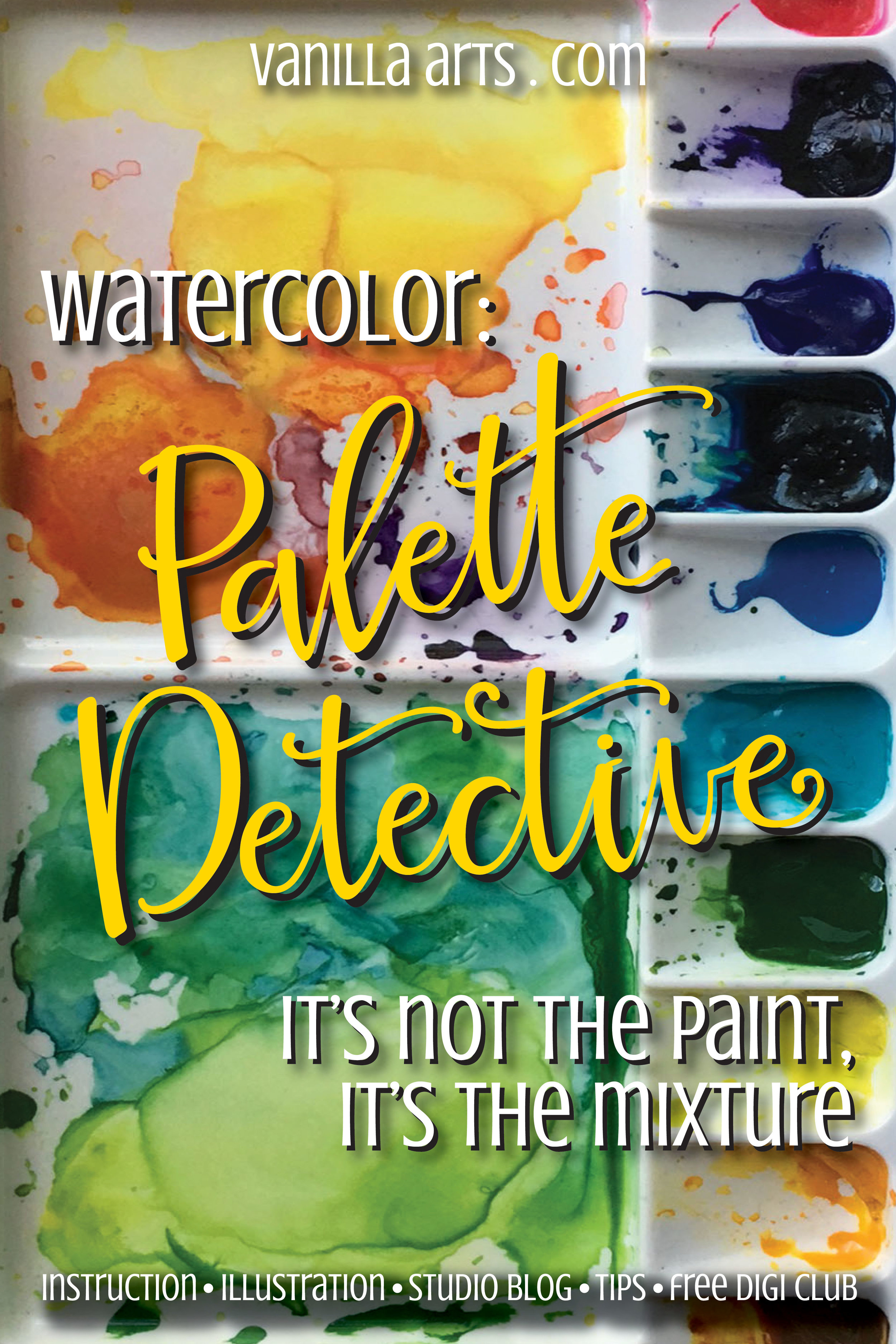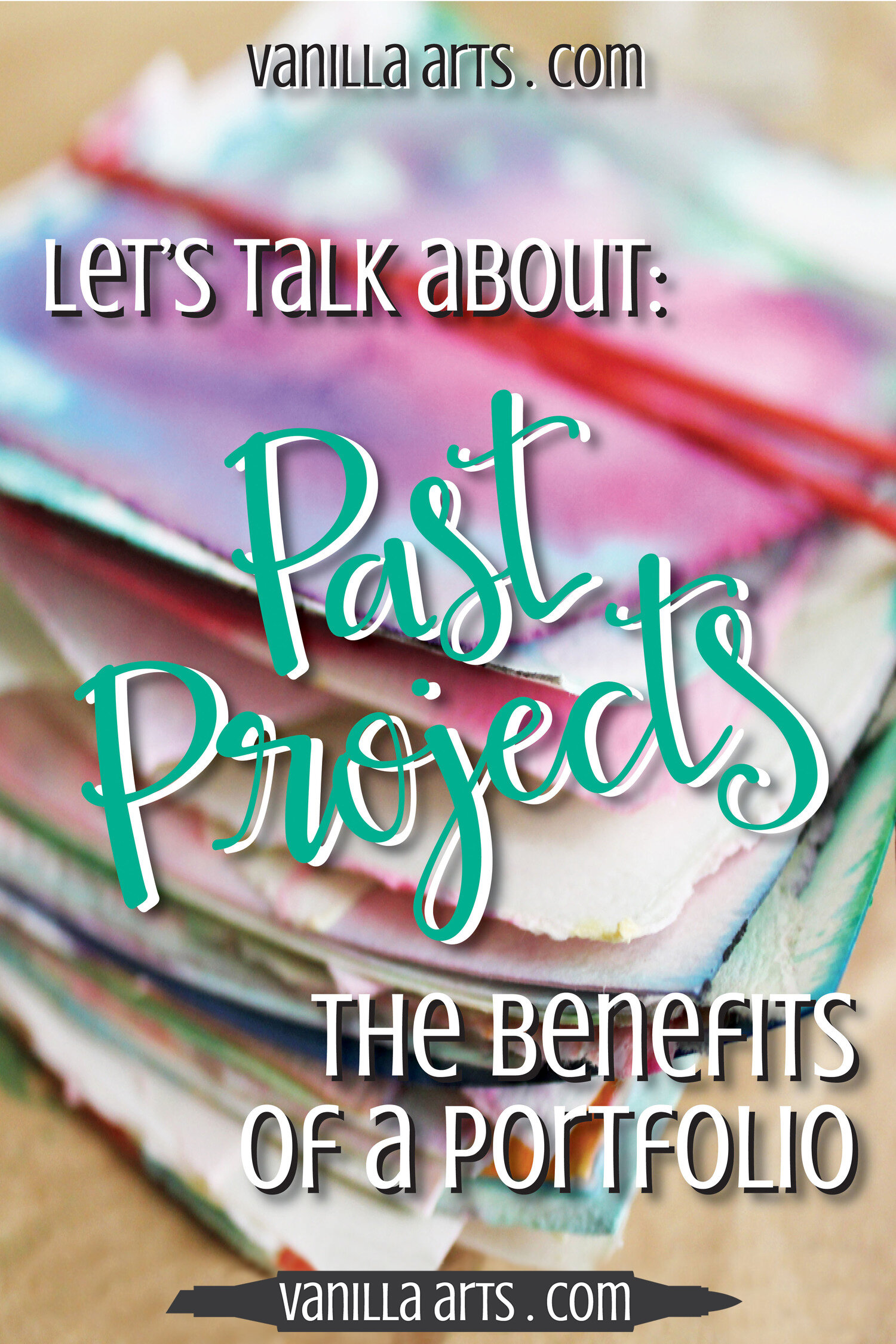


Artist Portfolios: Not Just for Professionals!
Portfolios are not just for artists. Learn how you can benefit from compiling a portfolio of your own. | VanillaArts.com | Colored Pencil, How To Color, Realistic Coloring




Portfolios are not just for artists. Learn how you can benefit from compiling a portfolio of your own. | VanillaArts.com | Colored Pencil, How To Color, Realistic Coloring
